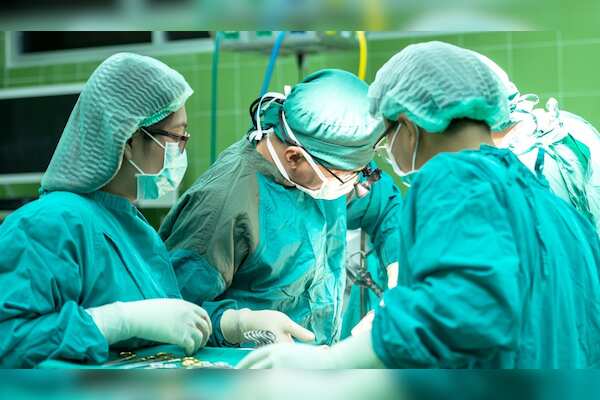NASA's innovative compact satellite, BurstCube, has begun its journey to the International Space Station, where it will serve as a laboratory for scientific research. The satellite was launched aboard SpaceX's 30th Commercial Resupply Services mission, marking a significant milestone in the study of gamma-ray bursts (GRBs). The launch took place at 4:55 pm EDT on Thursday, March 21, from Launch Complex 40 at Cape Canaveral Space Force Station in Florida, US.
BurstCube is a NASA mission specifically designed to detect and locate GRBs, which are powerful explosions that occur in distant galaxies and are considered to be among the most energetic events in the universe. The primary goal of BurstCube is to study these bursts in order to gain a better understanding of their origins and properties. Upon reaching the International Space Station, BurstCube will be unpacked and deployed into orbit, where it will begin its important scientific mission.
Jeremy Perkins, BurstCube's principal investigator at NASA's Goddard Space Flight Center in Greenbelt, Maryland, highlighted the significance of the mission, stating, "BurstCube may be small, but in addition to investigating these extreme events, it's testing new technology and providing important experience for early career astronomers and aerospace engineers." GRBs, particularly short gamma-ray bursts, are believed to be the result of the merger of two neutron stars. These stars spiral inward and eventually collide due to the emission of gravitational waves.
This collision plays a vital role in the creation of heavy elements such as gold or iodine, as the extreme conditions present during a GRB can facilitate the production of these elements. BurstCube's detectors are strategically positioned to enable wide-area detection and localization of events, according to research scientist Israel Martinez at the University of Maryland, College Park, and Goddard. By increasing coverage with satellites like BurstCube, researchers hope to improve the likelihood of capturing more bursts coincident with gravitational wave detections.
The satellite's primary instrument is equipped to capture gamma rays within the energy range of 50,000 to 1 million electron volts. Julie Cox, a BurstCube mechanical engineer at Goddard, emphasized the innovative aspects of the mission, stating, "We were able to order many of BurstCube's parts, like solar panels and other off-the-shelf components, which are becoming standardized for CubeSats. That allowed us to focus on the mission's novel aspects, like the made-in-house components and the instrument, which will demonstrate how a new generation of miniaturized gamma-ray detectors work in space." In conclusion, BurstCube’s journey to the International Space Station marks a significant step forward in the study of gamma-ray bursts and the exploration of the universe’s most energetic events. Through innovative technology and collaboration among scientists and engineers, BurstCube is poised to provide valuable insights into the origins and properties of these powerful cosmic phenomena.
.png)









 English (US)
English (US)